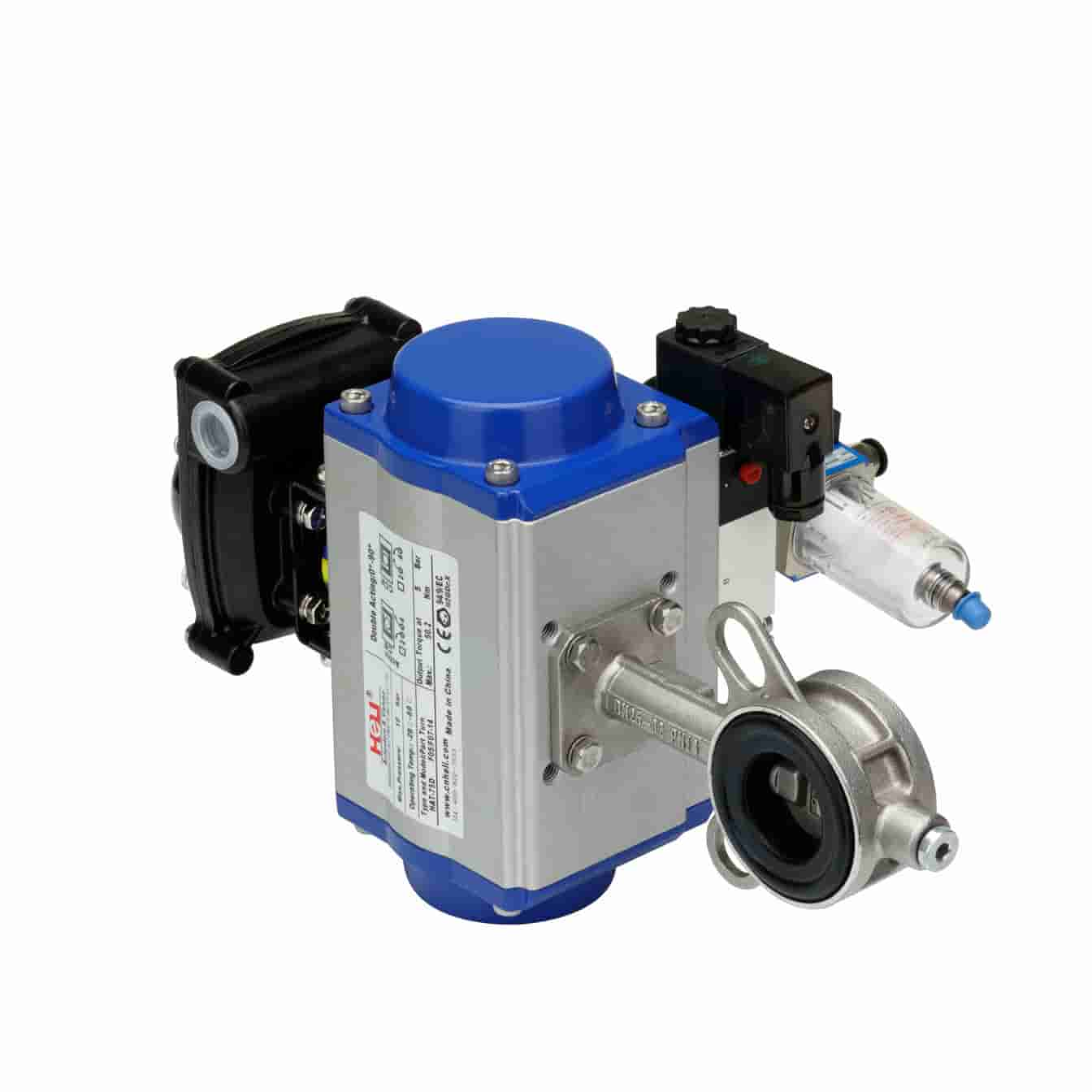

At the core of a pneumatic butterfly valve is its simple yet effective design. The valve consists of a disc that is mounted on a rotating shaft, which is operated by a pneumatic actuator. When the actuator is activated, it turns the disc either parallel or perpendicular to the flow of fluid, thus regulating the passage. The design allows for quick and precise control of flow rates, making these valves particularly advantageous in processes that require rapid response times.
Pneumatic buterfly valves can be categorized into two main types: resilient seated and metal seated. Resilient seated valves are designed for applications involving liquids and gases, where a tight seal is necessary. The soft sealing material ensures minimal leakage, enhancing the valve's efficiency. On the other hand, metal seated valves are suited for high-temperature and high-pressure applications, offering greater durability under extreme conditions.

t Pneumatic butterfly valves are essential components in various industrial processes, serving as a critical means of controlling the flow of fluids. These valves, characterized by a circular disc that rotates to open or close the flow path, are designed for efficient operation, durability, and reliability. In this article, we will delve into the functionality, advantages, and applications of pneumatic butterfly valves, emphasizing their significance in modern industries.
Functionality of Pneumatic Butterfly Valves